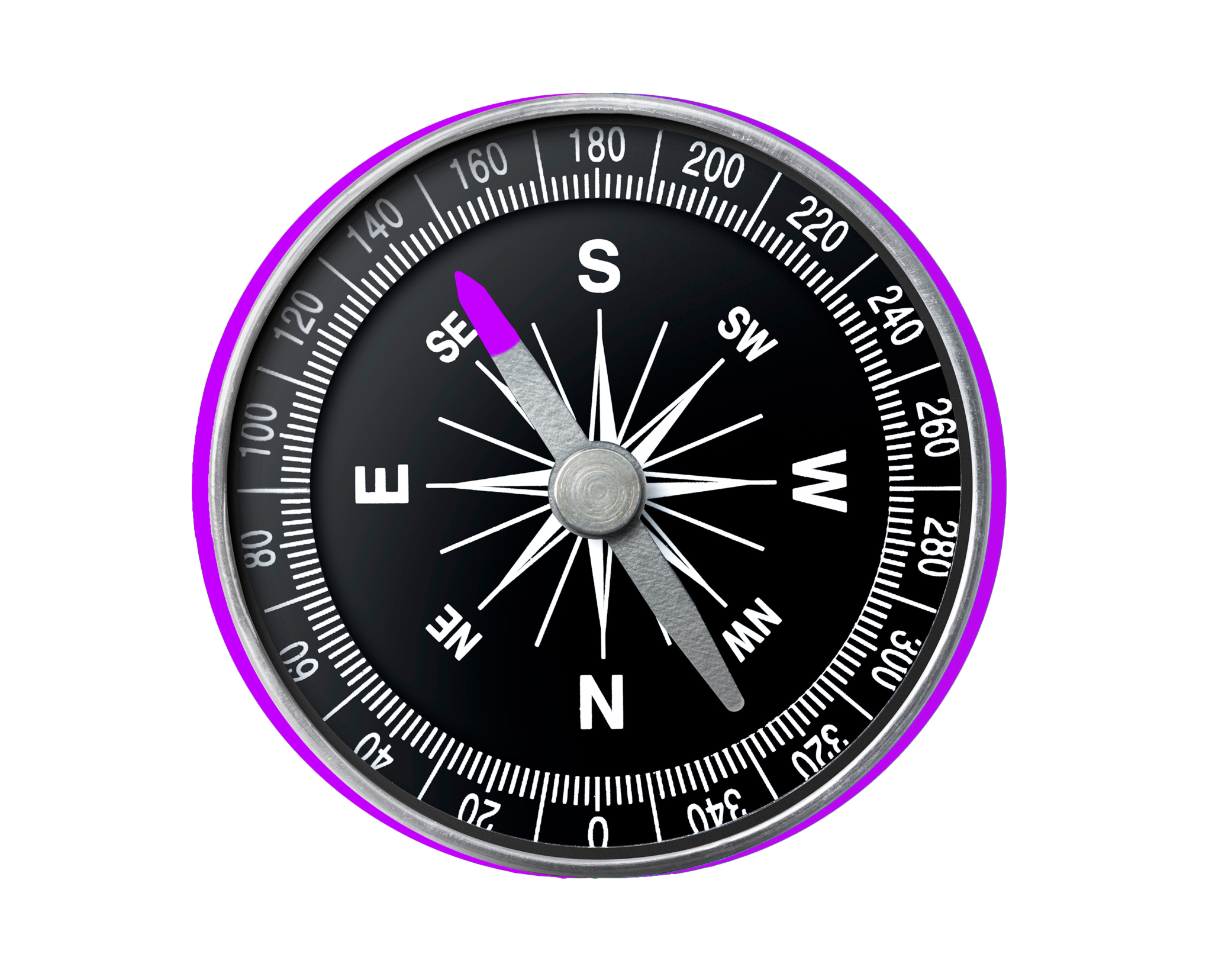Measuring value
“We used to take value for granted,” said a CxO we interviewed recently, “but we can’t afford to do that now. We need to be confident that consultants will add real value to our business.” Adding value is more important than ever, but how do you measure it?
Source has the world’s deepest and most extensive data on the value created by consulting firms, going back almost a decade. It’s research that’s based on research: Because value is such an amorphous subject, we initially interviewed clients to find out what the most useful questions were to ask if we wanted data that both “felt right” to clients and gave us some quantitative indication of the level of value being created. Respondents to our annual value perceptions survey—who are all senior buyers of consulting services drawn from a representative range of industries, major geographies, and functional roles—are therefore asked to rate specific firms in terms of the value the firm created relative to the amount they, the clients, paid. The result is almost 10,000 responses each year.
The headline result is that around half of clients think that the firm they worked with created value for their business above and beyond the fees they charged. About 42% describe the value as being in line with the fees paid—in other words, it was a transactional relationship, in which the client paid for and received a service, but value wasn’t created beyond this. Nine percent say that they paid more in fees than they received in value—a nightmare scenario for an industry that’s fundamental proposition is creating value.
But the dataset is broad and deep enough to tell us much more than this. We’ve picked out just two trends here.
Perceptions of value vary by geography
Clients in the Nordics and Germany are far more positive about value than their counterparts in other major markets. Seventy-six percent of clients in the Nordics and 67% of clients in Germany think that consulting firms add value above and beyond the fees charged. In contrast, only 20% of clients in Japan do. The market in Japan is distinctive for two reasons. Firstly, because the proportion of clients that see the results as transactional, i.e., value equals fees, is high (66% compared to an average of 41% across other geographies). And, secondly, because a larger proportion of clients here think that consulting firms charge more in fees than they add in value (14%, compared to 9% elsewhere). This doesn’t necessarily mean that consulting firms are actually adding less value in Japan than in northwest Europe, but it could mean that firms need to do more to explain what that value is. It may be, for example, that buying processes in the Nordics and Germany, which tend to focus on a combination of expertise and price, are better at encouraging conversations about value than buying processes in Japan. There are therefore opportunities for consulting firms in Japan to focus on value in their go-to-market strategy and sales pitches.
There are serious issues with value in the US
The US is, of course, the largest consulting market by a significant margin—more than 40% of the global total—so anything that happens here tends to have ramifications elsewhere over time. Seventeen percent of clients here believe that the fees they’ve been charged exceed the value they received, which is almost twice the global average. The US also has the third lowest proportion (after Japan and the UK) of clients that think that value exceeds fees.
Why are US clients different? Our interviews suggest that, compared to clients in other geographies, US clients tend be more transactional and more price sensitive, neither of which they see as negatives but as simply doing business. We might also speculate that the Trump administration’s transactional approach to politics and macroeconomics is influencing corporate behaviour.
Dig a bit deeper and another factor emerges. Perceptions of technology firms in the US are broadly similar to those in other geographies, but those of strategy firms are worse: The proportion of clients that think strategy firms cost more in fees than they add in value sits at 15% in the US, compared to 9% globally. However, the most striking difference is with management consulting firms: Only just over a third of US clients think such firms add value above and beyond the fees they charge, compared to half of clients globally (35% to 50%), and 23% think these firms charge more in fees than they add in value, more than double the 11% that think this globally.
Why are perceptions of management consulting firms in the US so much more negative than they are in other geographies? Again, it’s important to emphasise that these are perceptions: It doesn’t mean that these firms are actually adding less value, but it does suggest that they haven’t got their messaging right and that their price point doesn’t match clients’ expectations. In contrast, the strategy firms charge more, but the proportion of US clients that think that their fees exceed their value has suffered less of an increase.
In this challenging market, where value has become immensely important, having a misaligned value proposition could cost you dearly.” to this: “Now is the moment to understand how your clients truly perceive value and ensure your proposition keeps pace. Firms that get it right not only protect themselves but also unlock growth. Get in touch to find out how we can help.


